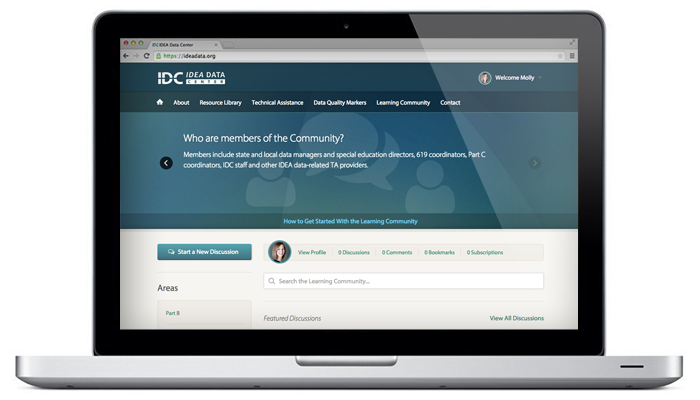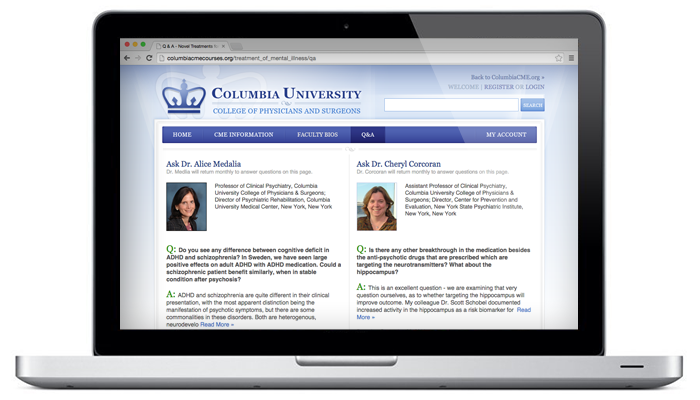About Learning Communities
A successful online community of practice is much more than just a technology project. It requires a thoughtful strategy that considers the community’s goals, incentives, roles, and content.
Because there are dozens of collaboration platforms and tools, choosing the correct configuration can be challenging. It is far too easy for the technology component of a collaboration project to take on a life of its own and miss the big picture. Often the customer gets bogged down with deciding on the choice of a platform or tools from the onset, or makes a decision which they ultimately may regret.
The Frameweld Way
Frameweld’s solution is to engage in careful planning at the onset, decide on a few albeit relevant tools for the Learning Community, and then iterate and evolve as the community grows.
- Key to this is to build a core platform that contains the major functionality the community will use, as well as some additional supporting features to augment the major pieces.
- Provide a seamless user experience where users can accomplish much of what they need in one place with consistent branding. A hybrid use of several tools and platforms may be confusing and daunting for users.
- Keep the number of tools to a minimum to make community management easier, and simplify the user experience.

Contact us to get a free consultation about your Learning Community
Case Study: IDEA Data Center
Frameweld designed and developed a private online Learning Community for IDC, which is used by 530 users, across all 50 states and 10 U.S. territories. It facilitates the goals of social learning and collaboration around IDEA (the Individuals with Disabilities Education Act) data.
The learning community is tightly integrated with IDC’s Resource Library, allowing multiple threads of discussions and Q&A around specific resources produced by the federally-funded program. Users can also initiate discussions based on topic areas, subscribe to pertinent topics and discussions, explore social bookmarking, and network with other members of the community.

Case Study: Columbia University
We created learning communities around specific CME (continuing medical education) courses to facilitate discussion and Q&A between faculty and attendees. The online learning communities complement the asynchronous format of the courses and were designed with the limited time available to faculty and medical professionals in the audience in mind. Faculty and staff could securely review questions and moderate discussions. They could respond privately to users or publish responses for the benefit of the community. Over 12,000 users have accessed Columbia’s CME learning communities.


